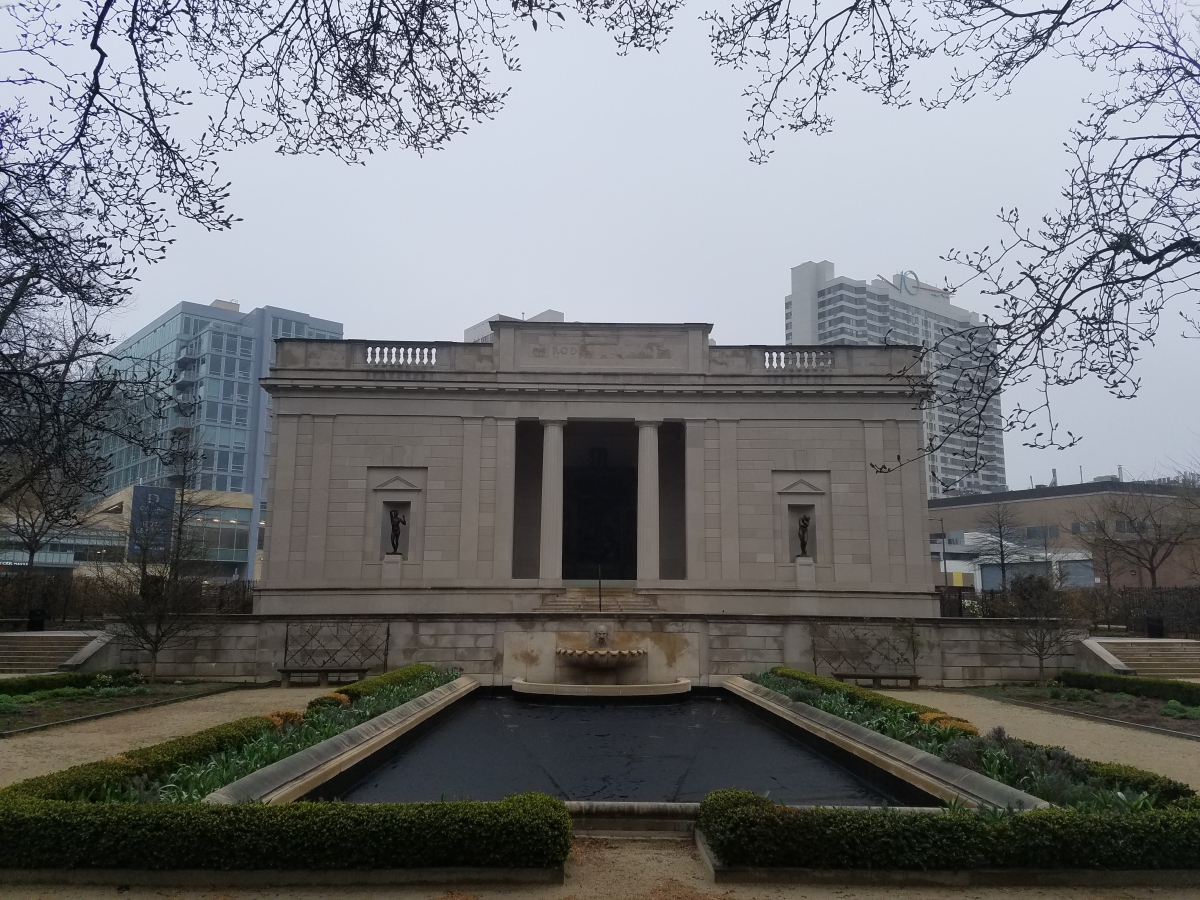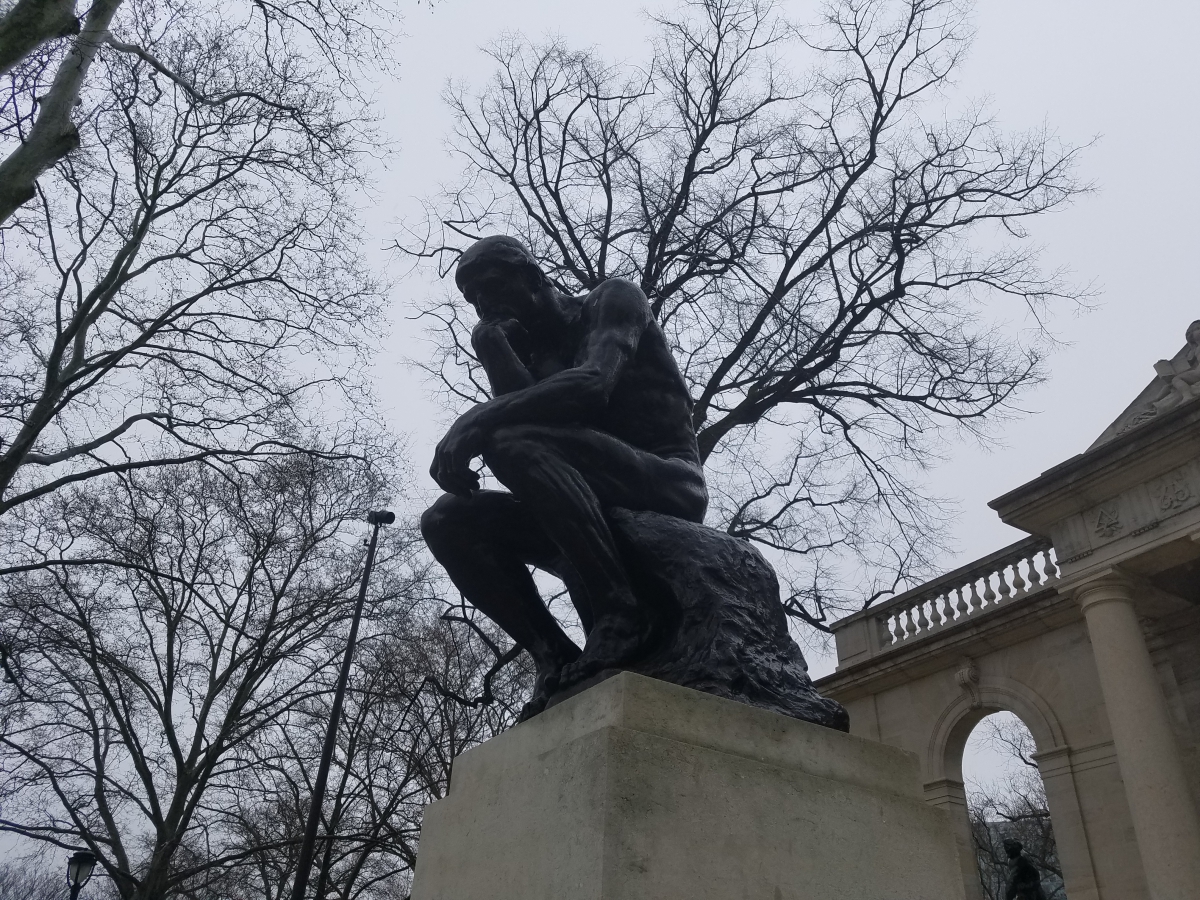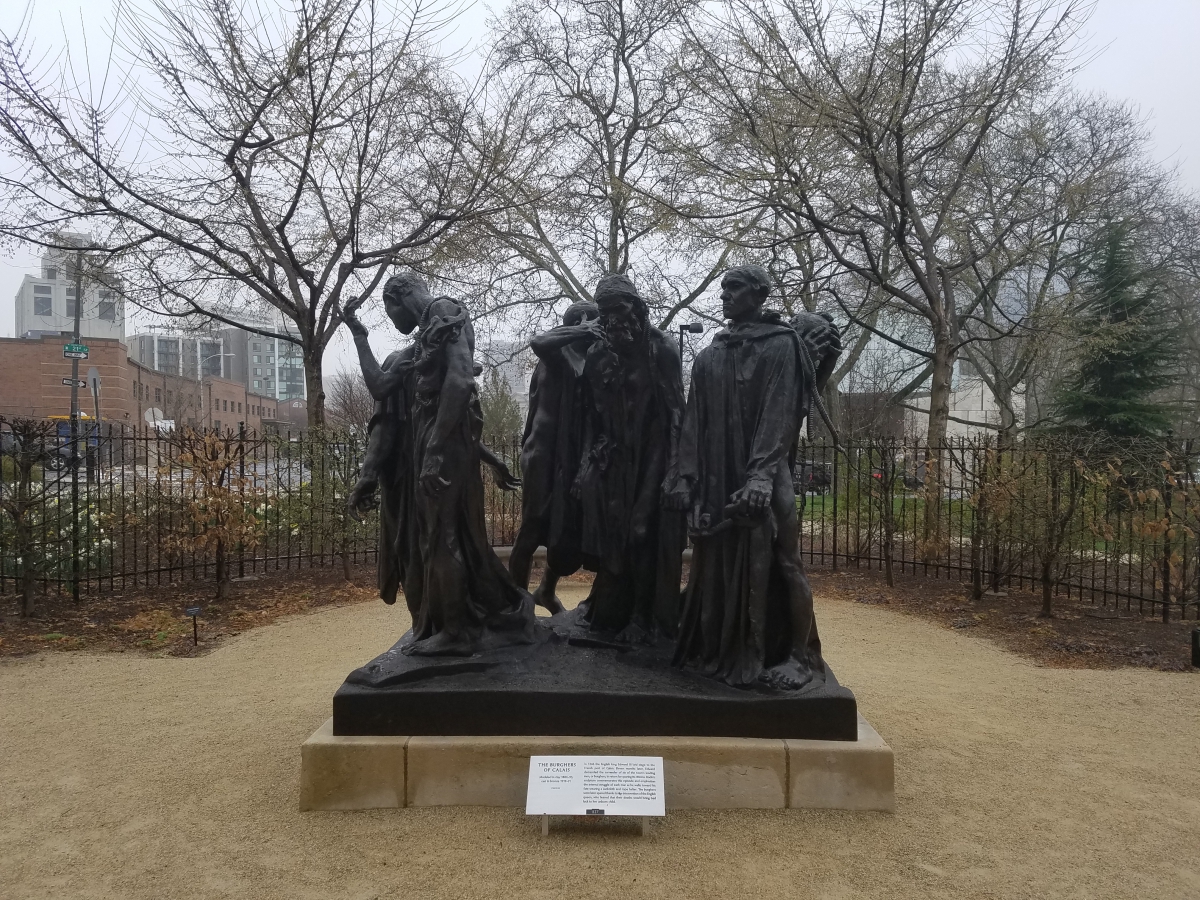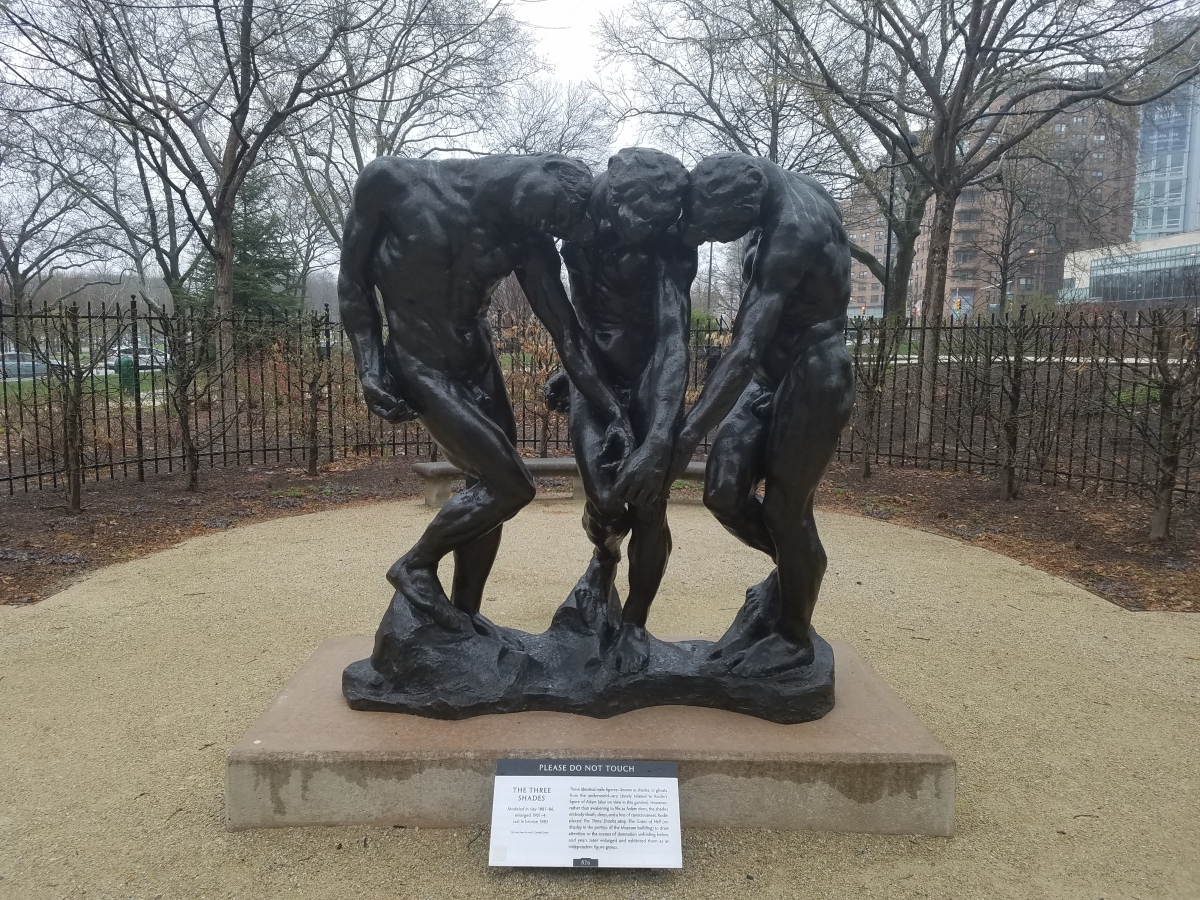The largest collection of Auguste Rodin sculptures outside of France
The History
The Rodin Museum’s history can largely be traced back to one man, Jules E. Mastbaum. Mastbaum was a Jewish American born in Philadelphia in 1872. He attended public schools in Philadelphia and his academic success led to a scholarship at the University of Pennsylvania. After graduation, Mastbaum first worked in the retail industry but would eventually find great success after investing in real estate and getting involved in the burgeoning Movie Theater business. Mastbaum opened the first nickelodeon in Philadelphia and by 1926 he had amassed a chain of over 200 theaters and a great fortune.
Mastbaum would become a dedicated philanthropist in Philadelphia, donating to many causes while also assembling the beginnings of an impressive art collection. One of of Mastbaum’s favorite artists was French sculptor Auguste Rodin. Rodin had recently died in 1917 when Mastbaum began assembling a large collection of the prolific sculptor’s work. Rodin, who is considered the forefather of modern sculpture, was known for his natural, emotional depictions with highly textured surfaces. Initially Rodin’s work was not well received within the artistic community and some of his works were derided as grotesque. However as his career progressed, Rodin began to receive more recognition, to the point that by the time of his death, he was recognized as the preeminent Parisian sculptor of his time and a world renowned artist. Although Rodin’s popularity declined after his death, Mastbaum was undeterred and assembled a vast collection of Rodin’s work that remains today, the largest in the world outside of Rodin’s home city of Paris, France.

The Rodin Museum, Philadelphia
Mastbaum commissioned French architects Paul Cret and Jacques Greber to design the Rodin Museum in 1926 to house his vast collection of Rodin sculptures and make them viewable by the public. The museum would open to the public three years later in 1929, but Mastbaum passed away before he could view the grand opening. Although Mastbaum would never get to see his museum, his passion for Rodin was vindicated. After years of declining reputation following his death, Rodin’s reputation has since risen to that of one of the most famous sculptors in the world. His work, “The Thinker” is arguably the most famous sculpture in the history of humankind, and the Museum dedicated to his works in Philadelphia has become a treasure of the city.

"The Thinker" - Rodin Museum, Philadelphia
What to See
The Rodin Museum contains a fabulous collection of Rodin’s work, including bronze castings, plaster studies, drawings, prints, letters, and books, including some of Rodin’s most acclaimed sculptures. A copy of “The Thinker,” Rodin’s most famous work, and arguably one of the most famous sculptures in the world is prominently displayed in front of the museum, facing the Benjamin Franklin Parkway. The collection also includes an original casting of “The Burghers of Calais,” another of Rodin’s most famous works, commissioned by the city of Calais France to commemorate a siege during the Hundred Years’ War.

"The Burghers of Calais" - Rodin Museum, Philadelphia
The collection also includes some of his most famous works such “The Three Shades,” “Eternal Springtime,” “The Age of Bronze,” “The Colossal Head of Balzac,” “Bacchus in the Vat,” and “The Kiss.”
The Grounds of the Rodin Museum are also a sight to see in their own right. A formal French Garden design, complemented by the Beaux-Arts architecture of the Rodin Museum make for a beautiful setting, and a small oasis to escape the traffic and noise of the city.
Insider Tip
Arguably the most significant work in the entire museum may not even look like a sculpture at first glance. “The Gates of Hell,” is a monumental sculpture group, makes up a massive 20 foot tall door. In fact, for a time, “The Gates of Hell” was actually used as the front entrance to the Rodin Museum.
“The Gates of Hell,” was a massive undertaking on which Rodin worked for nearly 40 years before his death. Many of Rodin’s most famous sculptures were actually originally studies for this work that later became works of art on their own. “The Kiss,” “The Three Shades,” “Eternal Springtime,” and even “The Thinker,” were all originally part of this incredibly intricate piece. There are only three original bronze casts in existence, one of which can be found at the Rodin Museum in Philadelphia.

"The Three Shades" - Rodin Museum, Philadelphia
How to Get There
The Rodin Museum is located on the Benjamin Franklin Parkway and is one of the sights on The Constitutional Bus Tour. For guests of The Constitutional Walking Tour, visiting the Rodin Museum would require either driving or taking public transit. The 48 Bus will conveniently pick you up right from the National Constitution Center, where all of our tours begin and end, and drop you off at 22nd and Benjamin Franklin Parkway, directly in front of the Rodin Museum. If you like a good walk, you should head straight down Arch towards 6th Street from the National Constitution Center. Turn right when you reach the Benjamin Franklin Parkway and the Rodin Museum will be on your right hand side.
There is also a complementary shuttle that runs between the Rodin Museum and the Philadelphia Museum of Art where parking is much more plentiful.
Hours
Sunday: 10:00AM – 5:00PM
Monday: 10:00AM – 5:00PM
Tuesday: Closed
Wednesday: 10:00AM – 5:00PM
Thursday: 10:00AM – 5:00PM
Friday: 10:00AM – 5:00PM
Saturday: 10:00AM – 5:00PM
Note: Hours subject to change, check the Rodin Museum website for more details.
Additional Information
2151 Benjamin Franklin Parkway
Philadelphia, PA 19130
215.763.8100




